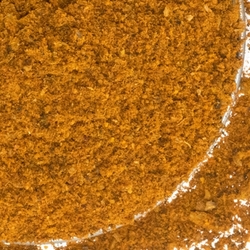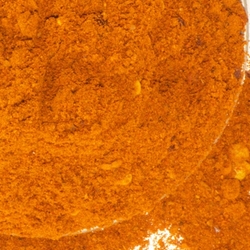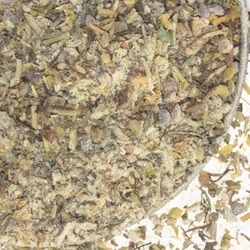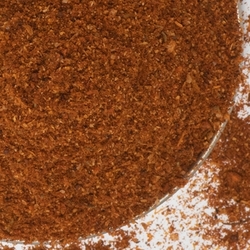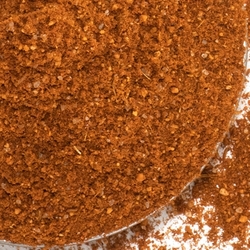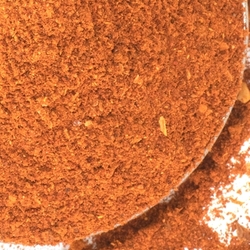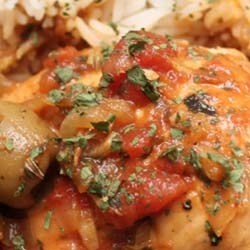
Moroccan Spices and Dishes
Situated on the northwest coast of Africa it is one of only three countries that touches the Atlantic Ocean and the Mediterranean Sea. For years it has been a destination of expats from all over the world, Europe in particular. Some of those Europeans make up the 35 million residents that live in the country and have an influence on the local cuisine. The cuisine is mainly Berber-Moorish, European, and Mediterranean and shares a lot of the same characteristics with the rest of the Northern Africa region.
Moroccan Spices
A lot of the spices that are used in Moroccan dishes are grown and produced right in Morocco. Saffron is found in Tiliouine, mint and olives in Meknes, and oranges and lemons in Fez. Along with these raw spices they utilize a lot of seasoning blends in their staple dishes.
- Ras el Hanout is an example of a curry spice blend that incorporates a wide variety of spices. It literally means "top of the shop" and varies from recipe to recipe and can have as many as 100 different spices.
- Moroccan Chicken is a great blend of some of the spices found in the chicken tagine dishes of Morocco. It has a touch of sweetness balanced by some earthiness and some very subtle undertones of heat.
- Moroccan Vegetable is another spice blend that encompasses the taste of Morocco with its hand blended cumin, coriander, chili powder, Hungarian paprika, cinnamon, allspice, ginger, cayenne and cloves.
- Mediterranean Dry Rub will give you a hint of the flavor of this exotic region and can be used as a dry rub or wet rub. It can be used on a variety of meats including chicken, beef, or lamb.
- Harissa is used as a table condiment throughout Africa. It is mixed with a little bit of oil and makes a paste that can be spread on bread or meat. Typically it can be found mixed right into couscous as in this recipe .
- Berbere is another spice blend similar to Ras el Hanout as it seems to have a little bit of everything tossed in - but the prominent spices in Berbere are always centered around the heat of pepper - cayenne, paprika, chili flakes and black pepper, in some variation.
Moroccan Dishes
The most famous Moroccan dish that has made its way world-wide is couscous. It is essentially a part of almost every meal in Morocco. Typically the couscous is cooked and served with a meat or vegetable stew spooned over it.
Another popular dish is pastilla, which is a meat pie made of squab (fledgling pigeons) or, since pigeons are hard to come by, it is often made with shredded chicken. It has sweet and salty flavors with it's combination of a crisp layer of crepe-like werqa dough, savory meat slow-cooked in broth and spices and shredded, and a crunchy layer of toasted and ground almonds, cinnamon and sugar. Pastilla is often served at the beginning of special meals.
Harira is a soup that is eaten as a starter or light snack. A typical Harira recipe is flour, tomatoes, lentils, chickpeas, onions, rice, beaten eggs, herbs (celery, parsley, and coriander), spices (mainly saffron, ginger, and pepper), a small amount of beef, lamb or chicken and a spoon or two of olive olive oil. Harira is a popular dish served during the month long Islamic Ramadan.
The most popular dish served in Morocco is a historically Berber dish that is named after the special clay dish, called a tagine or tajine, that is used to make it. A tagine is a rich stew of beef, chicken, or fish and most often includes vegetables or fruits. If you can't find a traditional tajine you can use a Dutch oven like we do in our Chicken Tagine
Eating Habits
Similar to other Islamic and Northern African countries, the midday lunch is the most important meal of the day. It usually includes hot and cold salads, a lamb or chicken dish like a tagine or pastilla, that's served over couscous. Meals are often finished with a refreshing cup of spearmint tea. There's also plenty of pita available, to dip into the food and even use as a sort of utensil, wrapping the food in a floaty layer of thin bread to carry to the mouth.
Are you ready to get cooking? Take some time to browse the African Spices and African Seasonings we have available.


